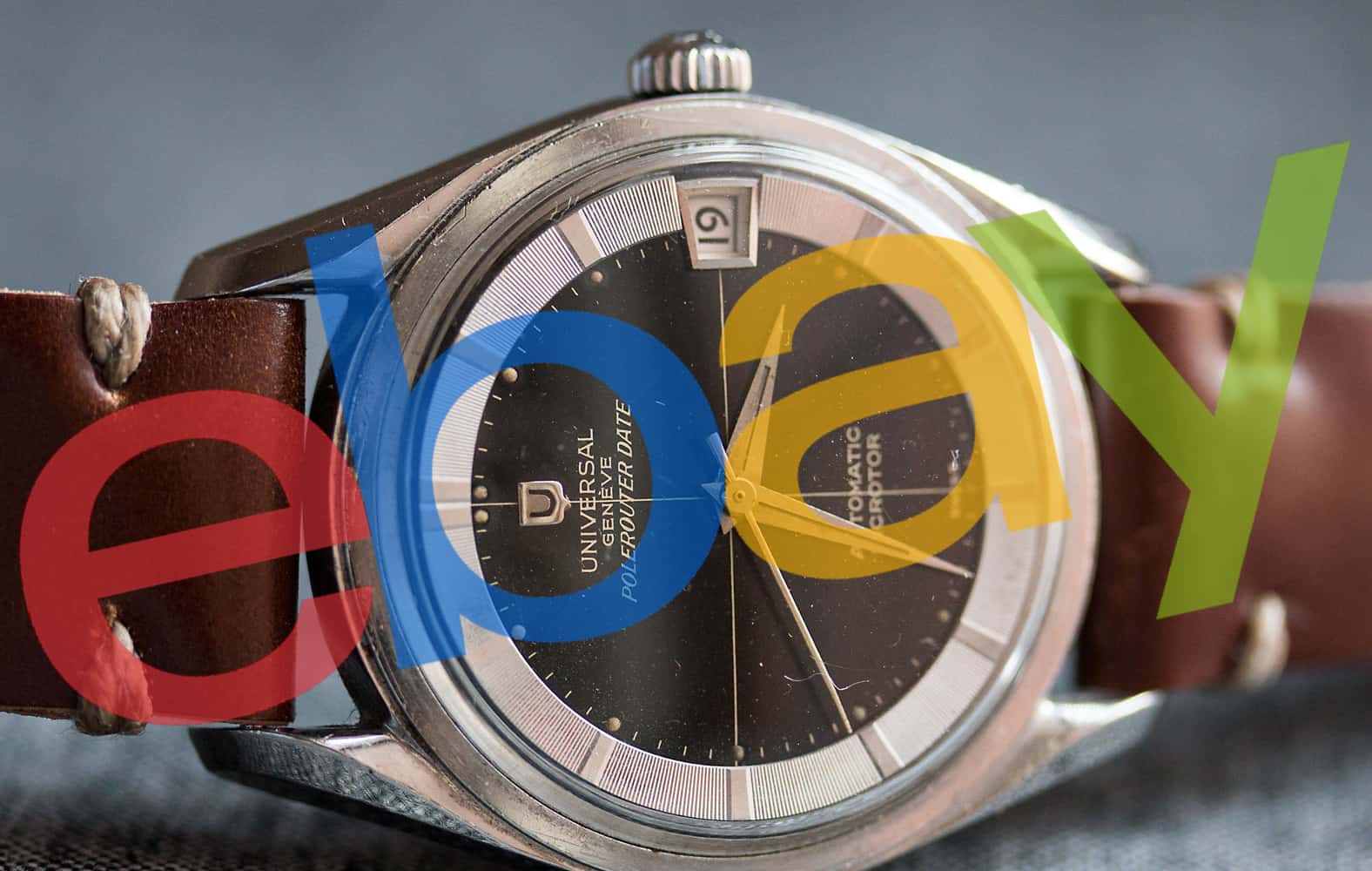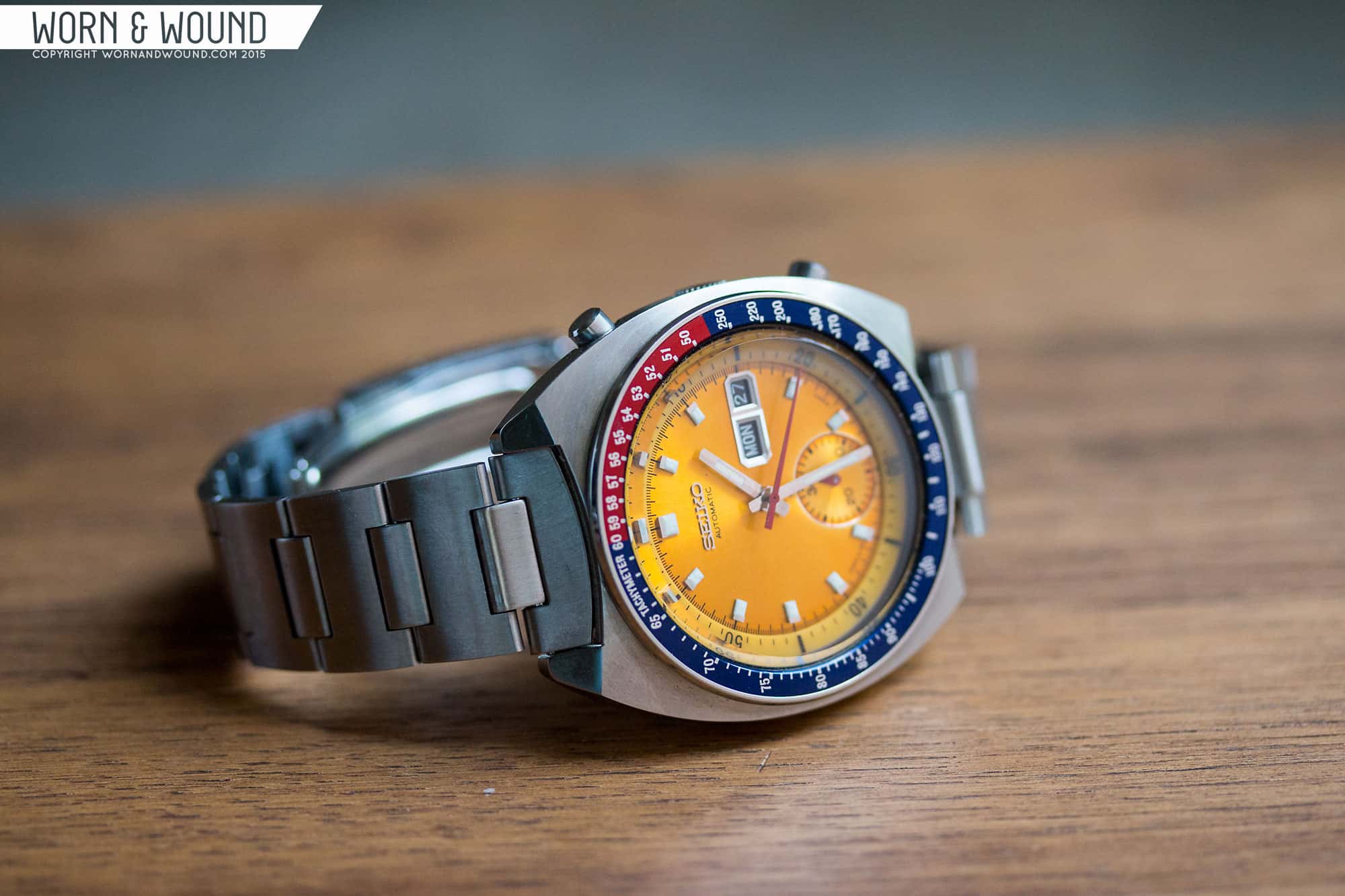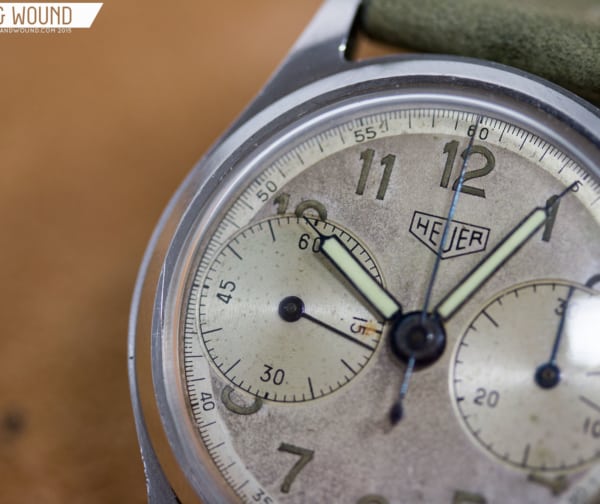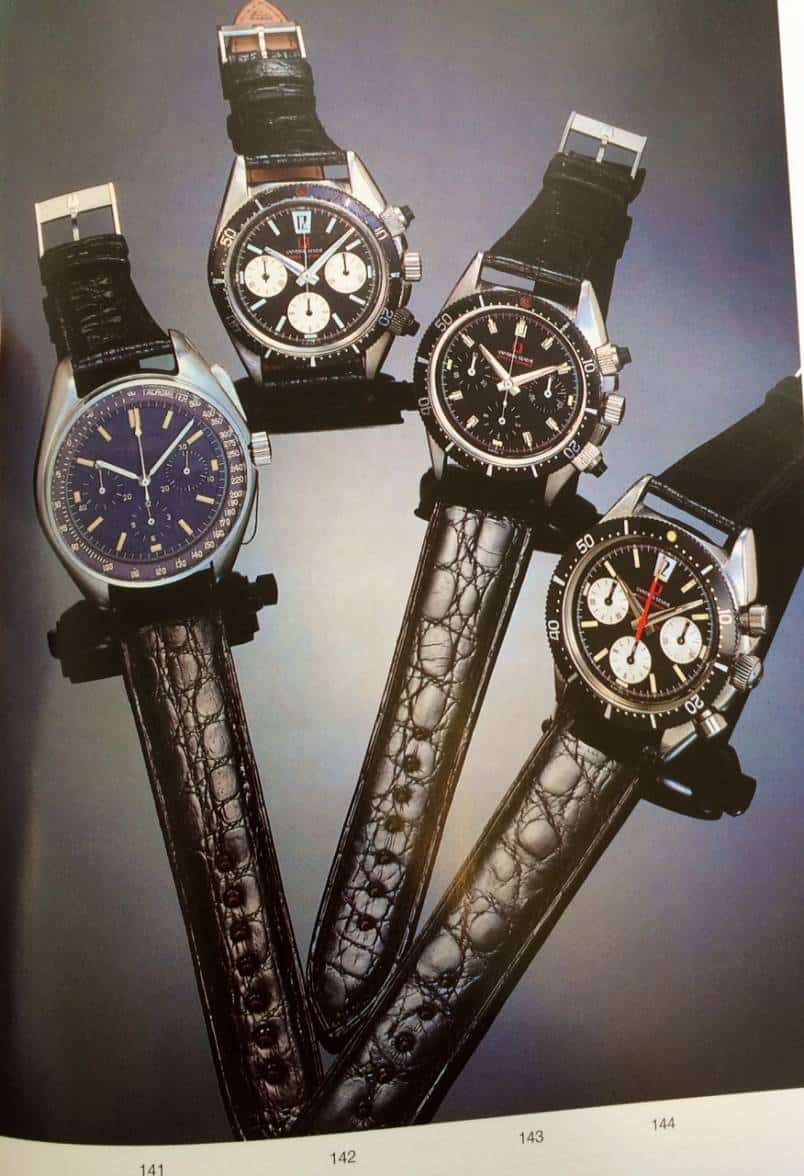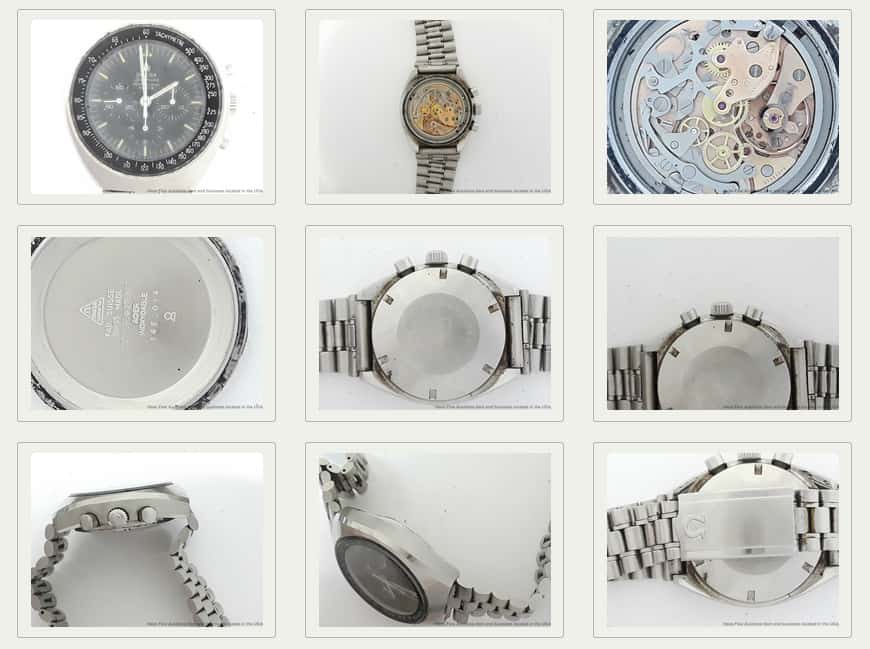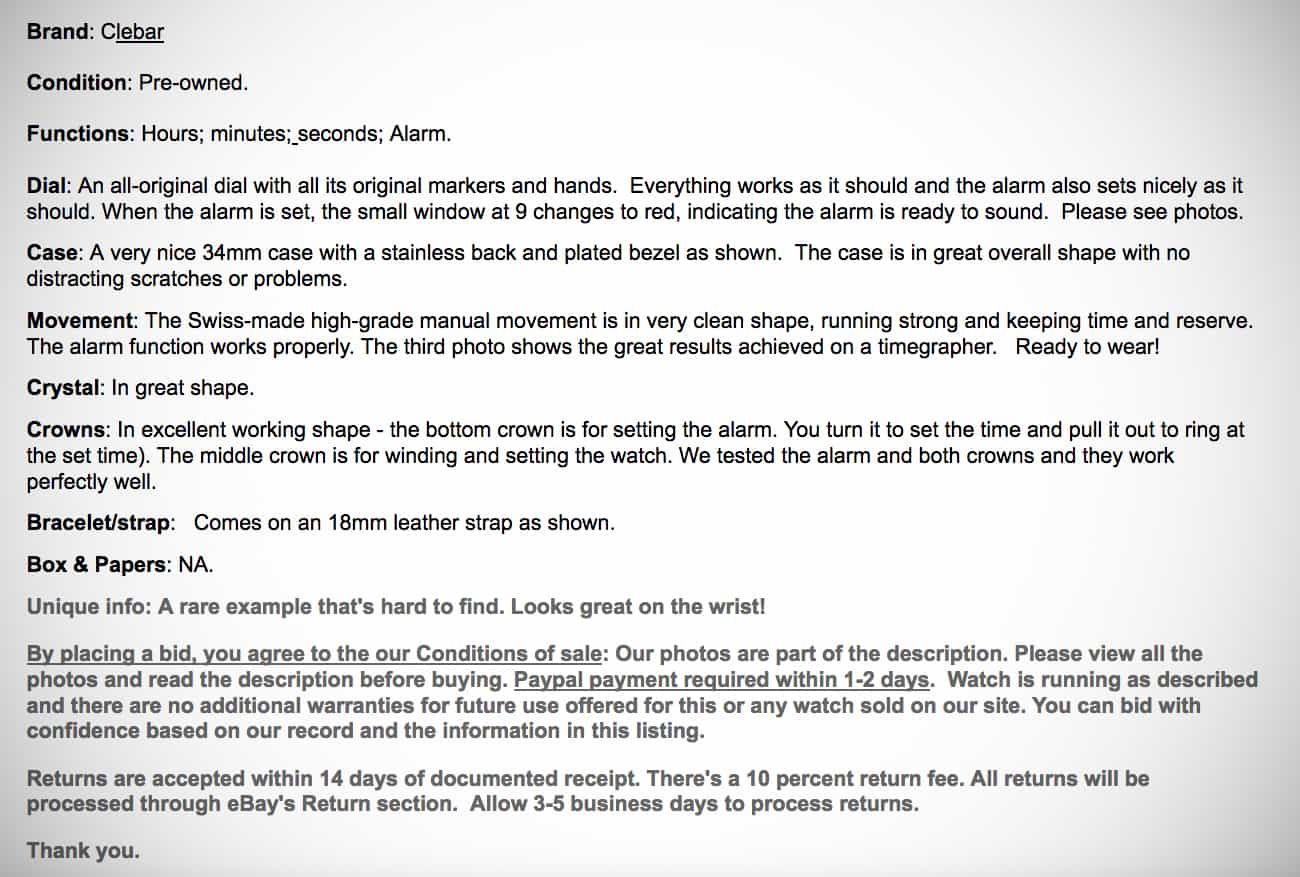So you’ve decided you want to buy a vintage watch? Excellent choice (but beware, it’s a slippery slope—you can’t just buy one!). But where to get one? There aren’t too many brick and mortar stores where you can find vintage watches, and the few that exist aren’t accessible to all. Of course, there are many respectable (and some not-so-respectable) online sellers, too. While these venues usually take the guesswork and stress out of buying a vintage watch, that assurance often comes with a hefty surcharge. My experience with most online dealers is that, more often than not, their prices are sky-high. You can also buy vintage watches from the sales corners of the various watch forums out there. This is a great way to go if you are an established forum member and know who the sellers are, but it can also be risky as there is no real feedback system to know who you are buying from. That leaves us with one other avenue, and it’s the biggest market out there: eBay.
eBay is a vast and glorious, never-ending marketplace of stuff—the flea market to end all flea markets. And it is flush with vintage watches. At any given time, there are more than 125,000 results when you search “vintage watch”—that’s a lot of fish in the ‘Bay! Needless to say, you have lots to choose from if you want to buy from eBay, and that can be both a blessing and curse. eBay, while having some obvious upsides, also comes with many downsides.
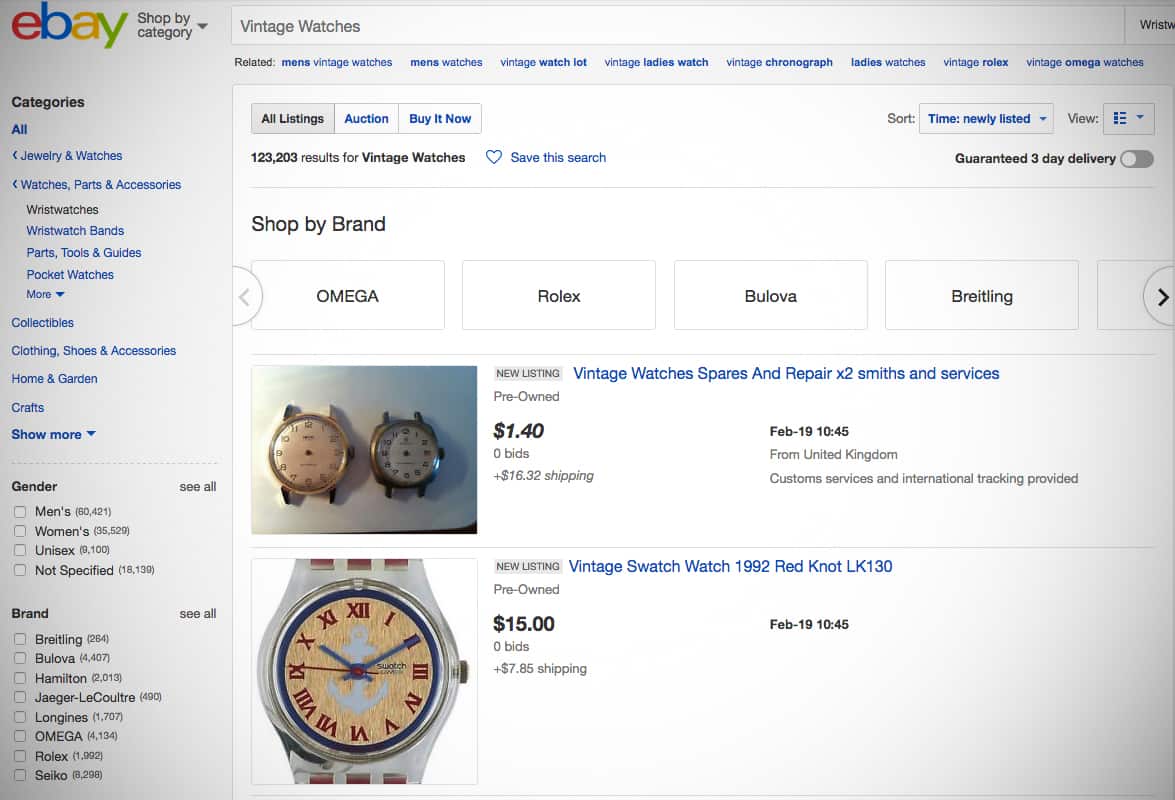 Often referred to by veteran collectors as “ePrey,” it can be a treacherous byzantine maze to navigate. There are many sellers who are simply not knowledgeable about what they’re selling, and there are many more who are less-than-scrupulous, which is a problem if you don’t know what you’re doing.
Often referred to by veteran collectors as “ePrey,” it can be a treacherous byzantine maze to navigate. There are many sellers who are simply not knowledgeable about what they’re selling, and there are many more who are less-than-scrupulous, which is a problem if you don’t know what you’re doing.









 Featured Videos
Featured Videos




